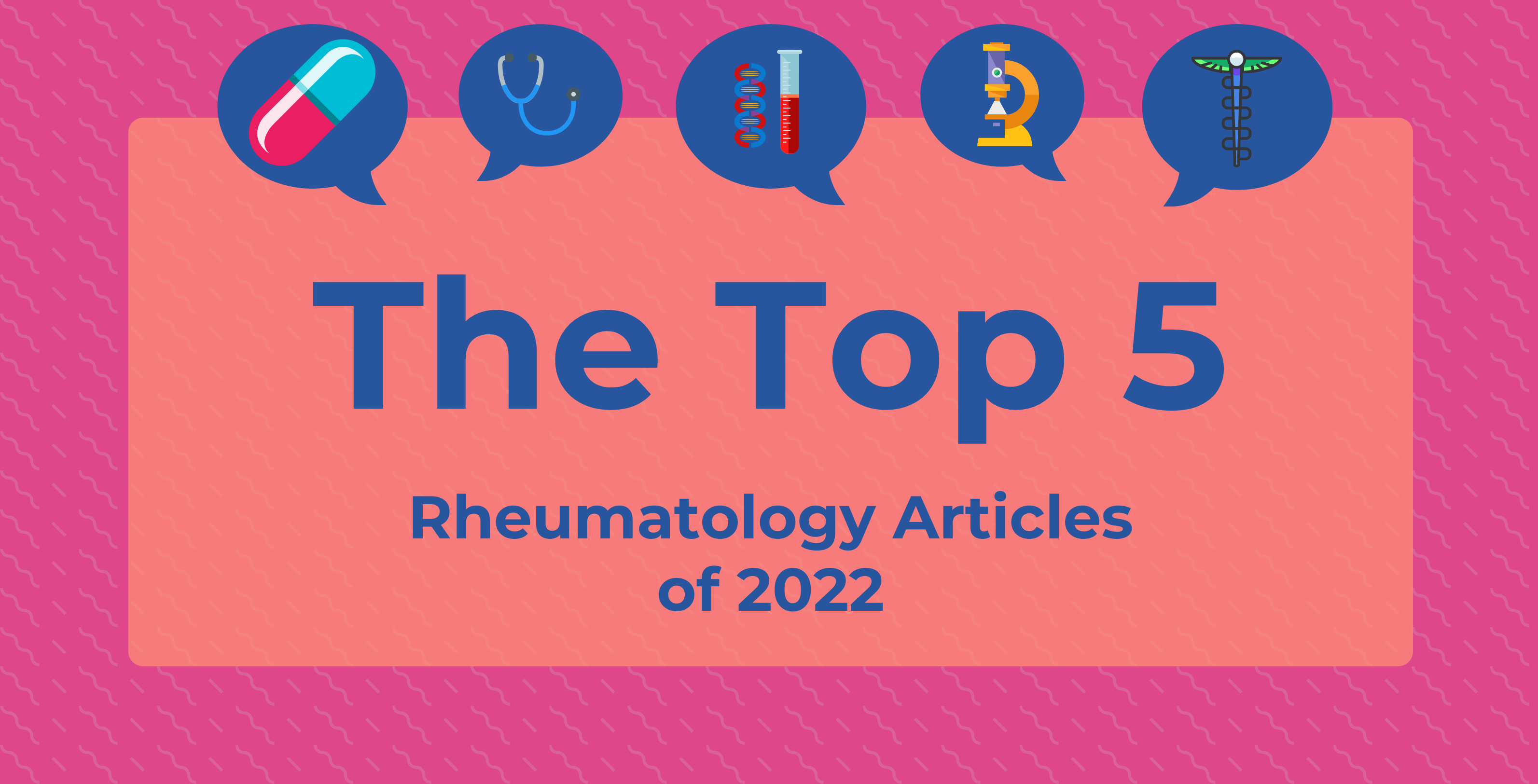Article
Review Highlights Major RA Management Developments in Past Year
Author(s):
According to the review, the most important novel developments were related to the repositioning of old drugs in the context of treat-to-target (T2T) therapy and new long-term safety information on Janus kinase (JAK) inhibitors.
With so many emerging evidence and guideline updates surrounding rheumatoid arthritis (RA) treatment in the past year, authors of a narrative review published in Clinical and Experimental Rheumatology gave insight on what they believe to be the most important RA management novelties published during 2021 and 2022 so far.
According to the authors, the most important novelties were those related to the updated repositioning of old drugs in the context of treat-to-target (T2T), and those related to new long-term safety information on Janus kinase (JAK) inhibitors.
Other novelties included international updates, vaccines, and newer innovations.
Since 2021, recommendations from the American College of Rheumatology have shifted away from extensive use of glucocorticoids (GCs), and toward newer treatments such as hydroxychloroquine for RA with low disease activity.
There has also been more attention placed on the management of RA in specific populations, especially with mental health, physical activity, and work life becoming increasing topics of conversation since the start of the COVID-19 pandemic.
International guidelines also reflect an increasing interest in the non-pharmacological management of RA, including the support of self-management strategies.
“The aim of this work is to increase awareness among healthcare professionals, who are required to know the available resources, to strengthen the collaboration with patients and focus on patient education,” the review authors noted. “Shared decision-making, self-efficacy and patient organisations are promoted, as well as the active involvement of patients in the pathway of care, with patient education as a cornerstone.”
Updates since 2021 also show that GCs and methotrexate (MTX) are going through a repositioning process in the RA therapeutic strategy, though more real-life studies are needed to assess the roles and the positions of the 2 treatments.
While there are some contradictions among studies, MTX seems to result in longer-term RA remission compared with biologic disease-modifying antirheumatic drug (bDMARD) withdrawal. Meanwhile, bridging therapies with GCs may not provide additional long-term advantage compared with conventional synthetic DMARDs (csDMARDs) alone.
The use of JAK inhibitors to manage RA has also been researched further in the past year, with the ORAL Surveillance study revealing increased risks of cancer, blood clots, severe cardiovascular events, and mortality with tofacitinib use compared with TNFis.
Further, JAK inhibitors were linked to an increased risk of herpes zoster in patients with RA, and research suggests Asian region and prior history of herpes zoster may be linked to this furthered increased risk.
“The reasons why treatment with JAKis could cause venous thromboembolism or major CV events are unclear,” the authors added. “Reassuringly, neither observational data from real-life cohorts nor long-term extension studies of randomised controlled trials detected safety signals with JAKis.”
The review also touched on how COVID-19 impacted RA management, both in terms of vaccines and the increase of telemedicine and machine learning (ML)-based algorithms, which have been topics of conversation and research in multiple disease states.
“Moreover, new data are expected regarding efficacy and safety of SARS-COV2 vaccines in the context of immune system diseases, and in relationship with cs/b/tsDMARDs administration, while whether telemedicine, ML-based algorithms and precision/personalised medicine approaches could dramatically change our clinical paradigms in the treatment of the disease has not yet been demonstrated,” the authors concluded.
Reference
Garaffoni C, Adinolfi A, Bortoluzzi A, et al. Novel insights into the management of rheumatoid arthritis: one year in review 2022. Clin Exp Rheumatol. 2022;40(7):1247-1257. doi:10.55563/clinexprheumatol/1sjgyr




